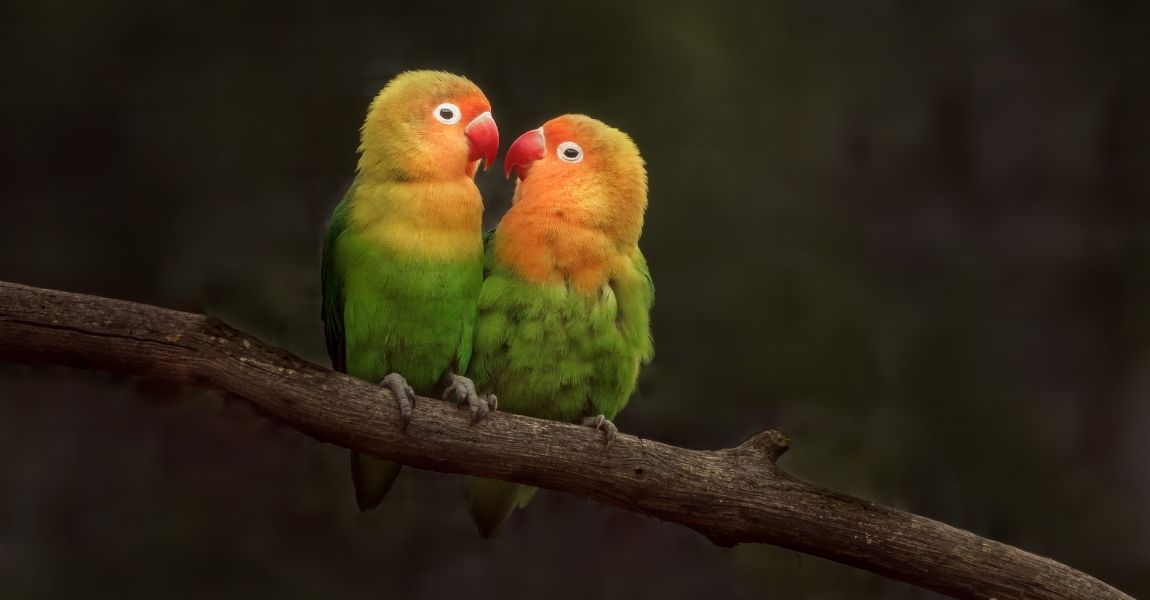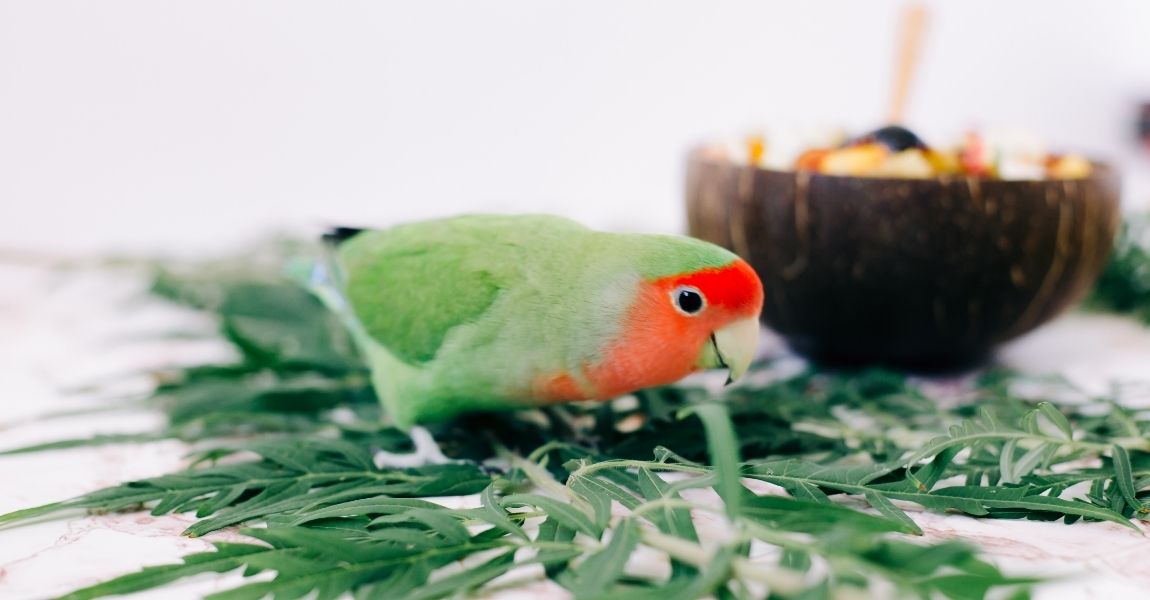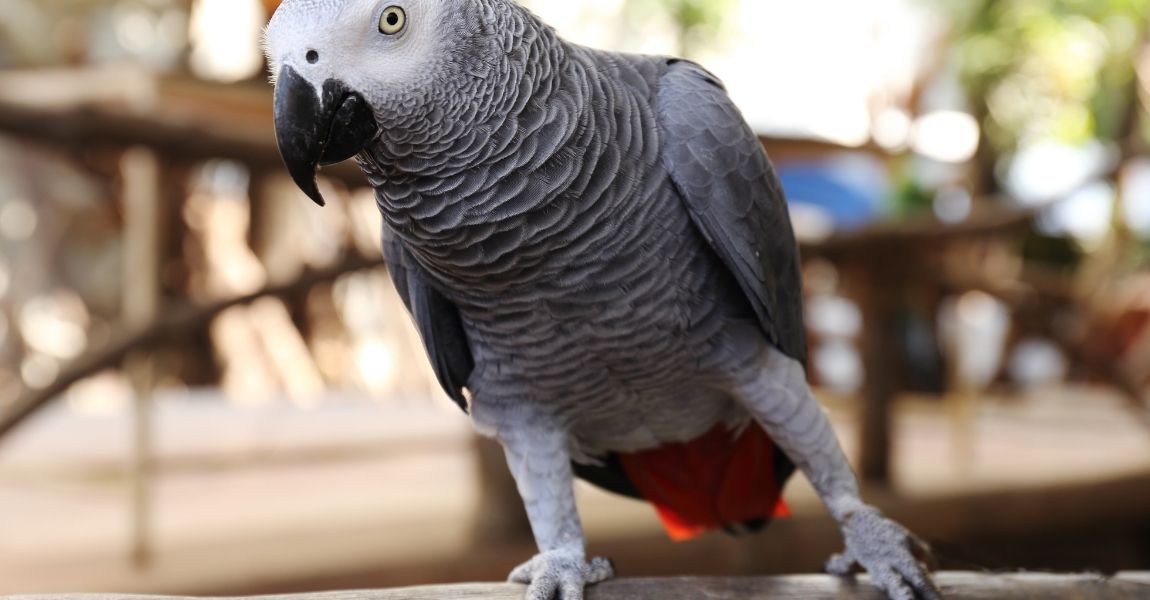A Step-by-Step Guide to Bathing Your Pet Lovebird
Introduction:
Bathing is an essential part of maintaining the health and happiness of your pet lovebird. While lovebirds groom themselves to some extent, they still benefit from regular baths to keep their feathers clean and maintain their overall well-being. In this article, we will guide you through the process of bathing your lovebird, ensuring a safe and enjoyable experience for both you and your feathered friend.
Step 1: Choose the Right Time:Select a time when your lovebird is most relaxed and comfortable. Avoid bathing them when they are stressed, frightened, or during their sleeping hours. Mornings or early afternoons are usually good times for bathing, as lovebirds tend to be more active and receptive during these periods.
Step 2: Prepare a Suitable Bathing Area:Create a designated bathing area for your lovebird. You can use a shallow container like a small basin, sink, or a specifically designed bird bath. Ensure that the bathing area is clean, secure, and free of any cleaning agents or harmful substances. Place a non-slip surface, such as a towel or a rubber mat, at the bottom of the container to provide stability and prevent accidents.
Step 3: Adjust the Water Temperature:Fill the bathing container with lukewarm water. Make sure the water is not too hot or too cold, as extreme temperatures can be uncomfortable for your lovebird. Test the water with your hand or a thermometer to ensure it is around room temperature. The ideal water level should be shallow enough for your lovebird to stand in comfortably, but not deep enough to submerge their head completely.
Step 4: Encourage and Assist:Gently encourage your lovebird to approach the bathing area. You can use a spray bottle with a misting setting or a small showerhead to create a gentle mist or a light drizzle of water over your lovebird. Start by spraying water near their feet and tail, gradually moving upwards. Observe your lovebird's reaction and adjust the water flow accordingly.
Step 5: Observe and Respect their Comfort Zone:Pay close attention to your lovebird's body language and behavior during the bath. Some lovebirds may readily enjoy water contact and start preening themselves, while others may be hesitant or show signs of discomfort. If your lovebird appears stressed or anxious, discontinue the bathing session and try again later. It's important to respect their comfort zone and not force them into a situation they find distressing.
Step 6: Provide Post-Bath Comfort:Once the bathing session is complete, offer a warm and safe space for your lovebird to dry off. You can provide a soft towel or a perch near a gentle heat source. Avoid placing them directly under a fan or in a drafty area, as it can chill them. Allow them to air dry naturally and preen their feathers. Offer gentle praise and a treat to reinforce positive associations with bathing.
Step 7: Cleaning and Maintenance:After each bathing session, empty and clean the bathing container thoroughly to maintain hygiene. Remove any feathers, debris, or droppings and rinse it with warm water. Avoid using harsh chemicals or detergents that could be harmful to your lovebird. Ensure the container is completely dry before storing it.
Conclusion:Regular bathing is an important aspect of lovebird care. By following these step-by-step guidelines, you can provide a safe and enjoyable bathing experience for your pet lovebird. Remember to be patient, observe their comfort level, and adjust your approach accordingly. With time, bathing can become a positive and bonding activity for both you and your feathered companion, contributing to their overall health and happiness.





